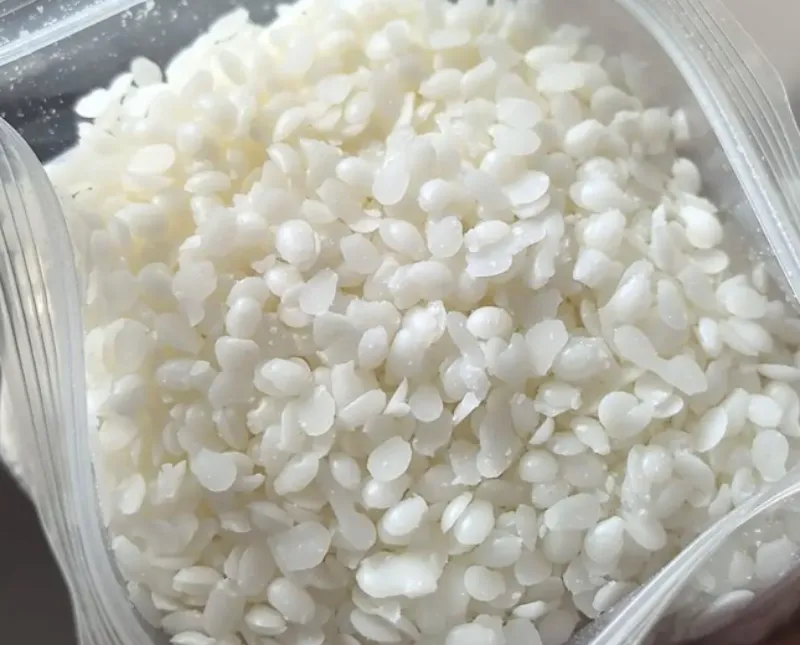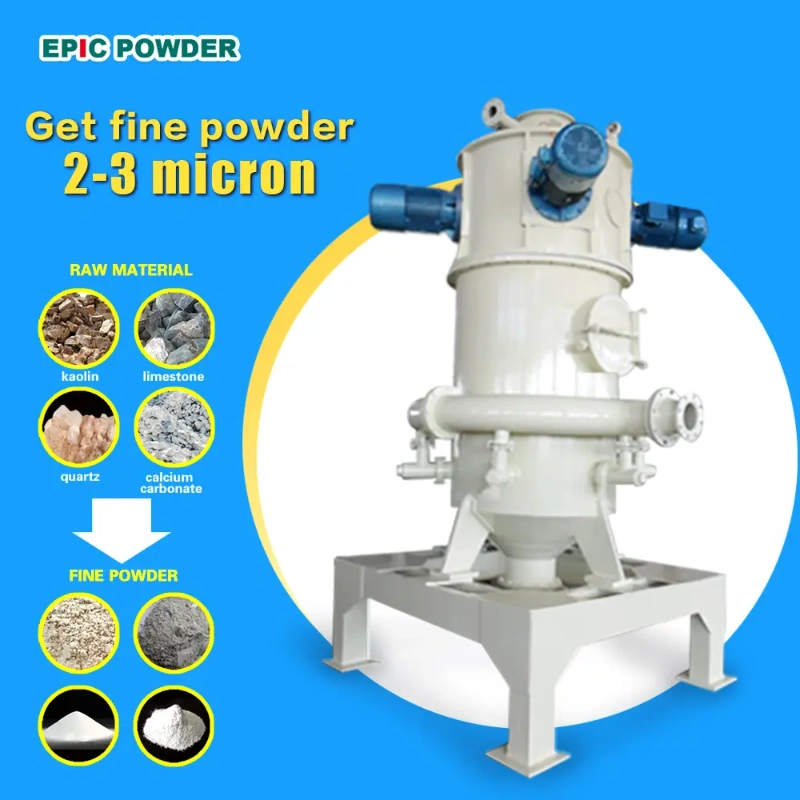Trong lĩnh vực vật liệu mới, có một chất phụ gia quan trọng được gọi là “MSG của ngành công nghiệp” — Sáp PTFE bộtLoại nhựa màu trắng, dạng bột này được sản xuất bằng cách đông tụ, rửa và sấy khô một hỗn hợp thu được thông qua quá trình trùng hợp tetrafluoroethylene có kiểm soát. Nó sở hữu những đặc tính vượt trội như khả năng chịu nhiệt, chịu được thời tiết, chịu lạnh, ma sát thấp, đặc tính chống dính, hóa chất độ ổn định và cách điện. Ngoài ra, do kích thước trung bình nhỏ kích thước hạtBột sáp PTFE có khả năng phân tán tuyệt vời và có thể dễ dàng trộn đều với các vật liệu khác.

Quy trình sản xuất bột sáp
Phương pháp vật lý
Bột sáp có thể thu được bằng phương pháp cơ học hoặc máy nghiền phản lực, quá trình bay hơi và kết tủa, hoặc quá trình nóng chảy. Ví dụ, parafin và sáp polyethylene có thể được nghiền và phân loại để đạt được kích thước hạt ở mức micron. Phương pháp này đơn giản nhưng thường tạo ra các sản phẩm có rộng kích thước hạt phân bố, hình dạng không đều và khả năng phân tán kém.
Phương pháp thuốc thử hóa học
Quá trình này sử dụng các tác nhân hóa học để dần dần tạo ra các hạt sáp nhỏ từ trạng thái phân tử hòa tan. Nó có thể tạo ra sáp vi mô ở quy mô nanonhưng quá trình này phức tạp và tốn kém.
Phương pháp trùng hợp hoặc phân hủy
Sáp vi phân cũng có thể được chế tạo thông qua quá trình trùng hợp hoặc phân hủy, chẳng hạn như Sáp PMMA siêu mịn, sáp vi hạt PP, PE, PTFE có trọng lượng phân tử được kiểm soát, Và sáp acrylate.
Ví dụ, sáp polyethylene có thể được tổng hợp thông qua trùng hợp áp suất cao hoặc áp suất thấp.
- Quá trình trùng hợp áp suất cao tạo ra sáp PE phân nhánh có mật độ và điểm nóng chảy thấp hơn.
- Trùng hợp áp suất thấp tạo ra sáp PE tuyến tính có trọng lượng riêng thấp hơn.
Ngay cả trong số các loại sáp PE được sản xuất bằng phương pháp áp suất thấp, các tính chất vật lý cũng thay đổi theo mật độ. Sáp PE có mật độ thấp hơn (độ kết tinh cao hơn, ít nhánh hơn) có xu hướng cứng hơn và chống mài mòn tốt hơntrong khi tính chất giảm trượt và ma sát của nó yếu hơn một chút.
Các tình huống ứng dụng

Bột sáp được sử dụng rộng rãi trong nhiều ngành công nghiệp khác nhau:
1. Ngành công nghiệp sơn phủ
- Chất làm mờ: Phân tán ánh sáng để giảm độ bóng và tạo ra lớp nền mờ.
- Chất chống mài mòn: Cải thiện khả năng chống mài mòn và kéo dài lớp phủ mạng sống.
- Chất chống tắc nghẽn: Giảm năng lượng bề mặt để ngăn ngừa sự kết dính giữa các lớp.
2. Ngành công nghiệp nhựa
- Chất bôi trơn: Nâng cao quy trình xử lý và hiệu quả sản xuất.
- Chất tách khuôn: Ngăn ngừa sự dính giữa sản phẩm và khuôn.
- Chất chống tĩnh điện: Giảm sức cản bề mặt để ngăn ngừa tích tụ tĩnh điện.
3. Ngành dệt may
- Chất làm mềm: Mang lại cảm giác mềm mại và mịn màng cho vải.
- Chất chống thấm nước: Cải thiện khả năng chống nước.
- Chất chống cháy: Tăng cường khả năng chống cháy của vải.
4. Các lĩnh vực khác
- Mỹ phẩm: Tăng cường độ ổn định và độ bôi trơn của công thức.
- Đồ ăn: Được sử dụng làm chất tạo lớp tráng men và chống dính trong kẹo và sôcôla.
- Dược phẩm: Hoạt động như một chất mang trong hệ thống phân phối thuốc giải phóng có kiểm soát hoặc thuốc có mục tiêu.
Bột Epic
Epic Powder chuyên về công nghệ nghiền và phân loại tiên tiến cho sản xuất sáp vi hạt. Với hơn 20 năm kinh nghiệm trong lĩnh vực chế biến bột siêu mịn, chúng tôi cung cấp các giải pháp tùy chỉnh cho PTFE, PE và các loại sáp vi hạt khác — đảm bảo kích thước hạt đồng đều, khả năng phân tán vượt trội và kết quả hiệu suất cao, phù hợp với nhu cầu của từng khách hàng.
